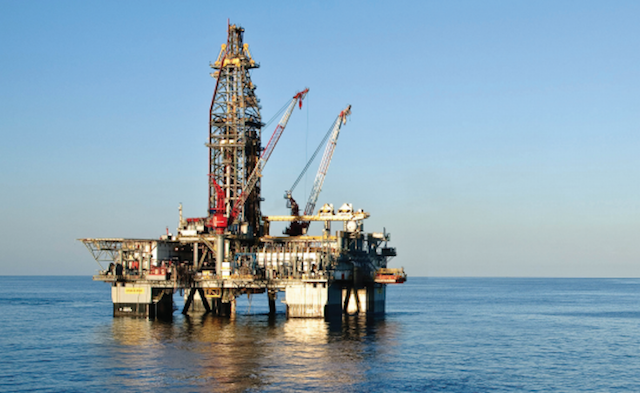In my last blog I wrote about increased optimism offshore. Now I am not so sure.
Despite oil and gas majors Chevron, Shell, BP and Total all announcing major deepwater discoveries in the North Sea and the Gulf of Mexico, the offshore market, particularly in the U.S. Gulf, is still on life support. Two recent trends support this conclusion.
The first is the recent round of mergers and acquisitions in the offshore service sector. The January merger of Technip and FMC to create one of the world’s largest service companies leads the list. Doug Pferdehirt, CEO of TechnipFMC, explained why a merger made sense in the current environment. “With our merger complete, TechnipFMC is uniquely positioned to unlock possibilities for our clients to transform their project economics,” he said in a statement. In other words, we can do it cheaper. The merger was part of a large group of deals in the oil and gas industry in the first half of 2017, totalling $137 billion. Activity in the second half of 2017 fell off dramatically. Total M&A activity was $158 billion for the year, still the strongest since 2014.
The combination of upstream companies has continued in 2018. In late February, Schlumberger announced plans to form a joint venture with the UK’s Subsea 7 to enhance its presence in the offshore engineering and construction sectors.
The long-suffering offshore drilling sector continues to be particularly susceptible to M&A activity. Last fall, Ensco acquired Atwood Oceanics for $850 million. In January, Transocean completed its acquisition of Norway’s Songa Offshore for an estimated $1.1 billion. In February, Norway’s Borr Drilling announced the planned acquisition of Houston-based Paragon Offshore for $232.5 million. The average age of Paragon’s fleet of 32 jackup rigs is 38 years and significant scrapping of its older jackups is likely.
The second ominous trend for the U.S. Gulf is the continuing, bipartisan opposition in certain coastal states to offshore oil and gas development. Despite President Trump’s plans to open these areas to offshore drilling and production, it will most likely not occur anytime soon.





